The City of Rockingham is home to 37 kilometres of stunning coastline, including some of Perth's best beaches. When heading to the beach, remember to ensure your visit is a safe one.
Beach safety tips
- always swim between the red and yellow flags on patrolled beaches
- look for signs at the entrance to the beach for local information
- never swim alone, or at night
- never swim under the influence of alcohol or after a big meal
- if you get into trouble, conserve your energy by floating on your back and staying calm. This will ensure you have the energy to remain afloat until assistance arrives
If you find yourself in a rip current, follow these steps:
- do not panic
- raise an arm and call out for help, you may be rescued
- float with the current, it may return you to a shallow sandbank
- swim parallel to the beach or towards the breaking waves until you escape the rip current
BEN signs
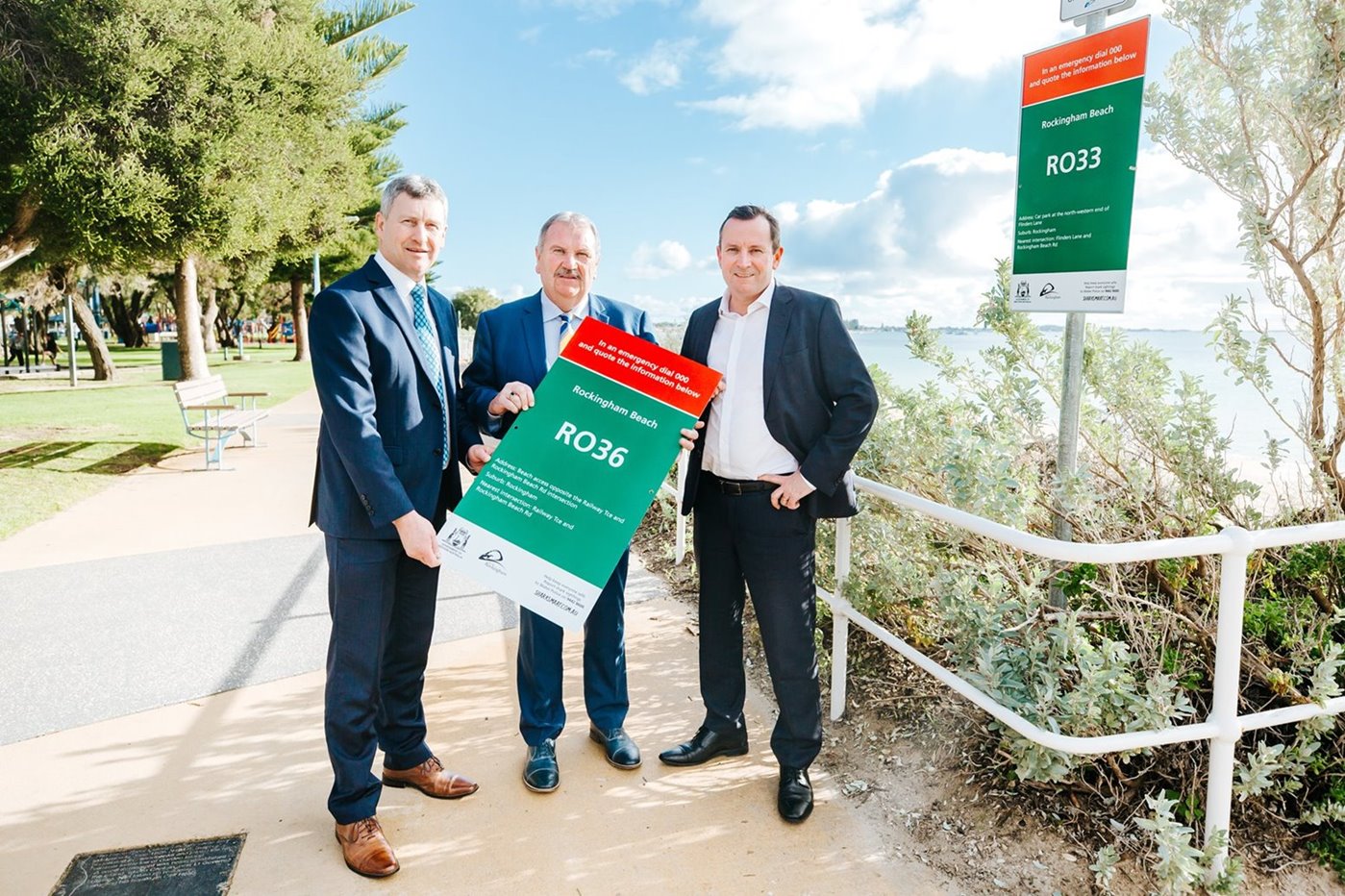 The Beach Emergency Numbers (BEN) system – named in honour of fatal shark bite victim Ben Gerring – is a coding system that aims to improve emergency response times by installing signs with unique codes at public beach access points.
The Beach Emergency Numbers (BEN) system – named in honour of fatal shark bite victim Ben Gerring – is a coding system that aims to improve emergency response times by installing signs with unique codes at public beach access points.
In the event of an emergency, the BEN signs are designed to help decrease the response time by pinpointing strategic locations for responders. Callers should quote the BEN sign number and any extra location details displayed on the map.
The signs form part of the State's emergency signage network which spans from Geraldton to Esperance. In the Rockingham mainland area, 67 signs have been installed, plus 14 on Garden Island.
An up-to-date interactive map of BEN signs and other useful functions can be found on the Sharksmart shark activity pageopens in a new window (use the drop down menu on the left and select the BEN icon). Alternatively, a printable map of all Local Government Authority signs is available on the Sharksmart websiteopens in a new window.
Shark sightings
View the latest reported sightingsopens in a new window and tagged shark detections before you hit the beach.
Help keep everyone safe. Report shark sightings to Water Police on 9442 8600.
Water Safety
Drowning can occur in a number of settings such as the home, beaches, public and private swimming pools. There is a risk of drowning when people undertake a broad range of water-based activities including swimming, diving, fishing and boating.
During the financial year 1 July 2022 to 30 June 2023, 281 people drowned in Australian waterways.
Drowning accidents are largely due to inattention, ignorance or lack of skill, and are preventable.
How to prevent drowning
To prevent drowning, you can:
- enrol in swimming lessons. Learning how to swim reduces the risk of drowning. The City provides opportunities for babies through to adults to learn how to swim. Courses are available at the Rockingham Aquatic Centre and the Aqua Jetty
- actively supervise children. Active supervision is defined as constantly watching and have a clear view of a child or children
- check pool fences and gates. Owners and occupiers are responsible for ensuring that any fence or barrier restricting access to a swimming or spa pool is maintained and operating effectively. If you do not comply with the regulations you risk the lives of young children and may face substantial fines. To find out more visit rules for pools and spas
- avoid alcohol and drugs around water. Alcohol and drug consumption can significantly increase the risk of drowning. Alcohol-related drowning deaths occur across all ages and environments, among men and women, in urban and regional areas
- wear a life jacket. To find out more about lifejackets visit Lifejackets Safety Equipment
- know the conditions. To find out more visit the Bureau of Meteorology for suggested checks before heading out on the water
- learn first aid and CPR
For further information visit:
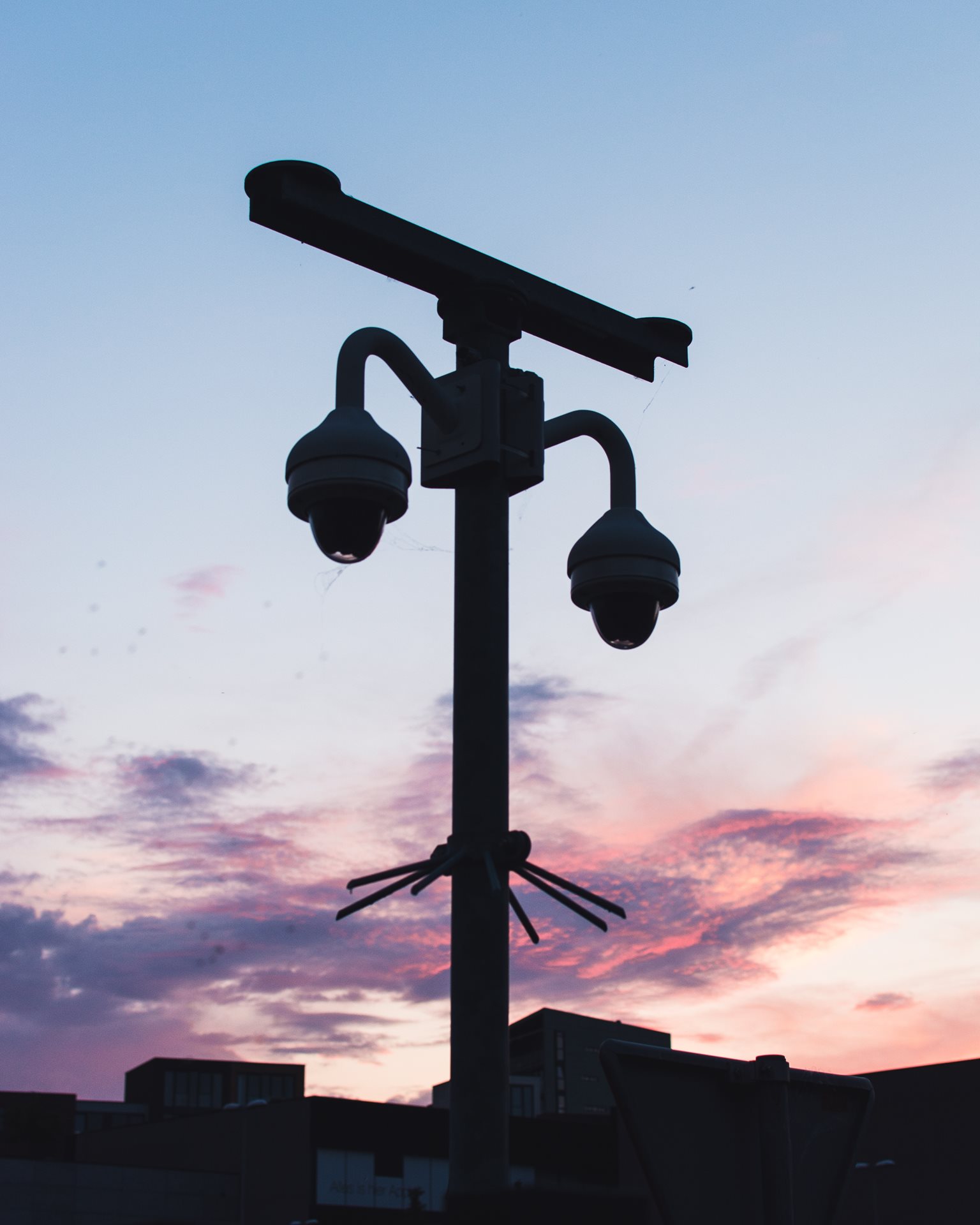 The City of Rockingham has five mobile CCTV units which are deployed in areas of need to assist WA Police by gathering evidence. The community can inform the City of any areas they would like to be considered on the deployment schedule for the units. All of the locations are proposed to local police. Police advise the City if the locations are hotspots and therefore if a CCTV unit should be put at that location.
The City of Rockingham has five mobile CCTV units which are deployed in areas of need to assist WA Police by gathering evidence. The community can inform the City of any areas they would like to be considered on the deployment schedule for the units. All of the locations are proposed to local police. Police advise the City if the locations are hotspots and therefore if a CCTV unit should be put at that location.
Follow these simple steps if you would like a particular location to be considered for one of the mobile CCTV units:
- Report all incidents at that location to police on 131 444 – remember police help determine locations based on their data so if there is an issue in a particular location then police should know about it.
- Contact the City’s SmartWatch service on 9528 0333 or from 12pm-4am, seven days a week on 1300 657 123.
CCTV Frequently Asked Questions
Will any City-owned CCTV be used for surveillance on private property?
No. The intention of cameras will be to record publicly accessible areas and the activities that take place in those areas.
Where can I get further information about the City of Rockingham’s mobile CCTV units?
Contact the City of Rockingham on 9528 0333 or customer@rockingham.wa.gov.au.
What should I do if I’m concerned about my neighbours' CCTV or drone recording my property?
There are no City of Rockingham policies or by-laws related to CCTV on private property. Please visit the Office of the Australian Information Commissioneropens in a new window opens in a new window for information on laws regarding surveillance and monitoring. If you are concerned that CCTV is breaching the Surveillance Devices Act and/or Australian Privacy Principles, you should contact your local police station for them to investigate further.
Contact details for your local police station can be found on the WA Police Forceopens in a new window by clicking ‘your local police’ in the right hand menu. Enter your suburb into the search menu and this will bring up the contact details of your local police.
Visit the Australian Government Civil Aviation Safety Authority (CASA)opens in a new window for information on flying drones safely and how to report unsafe flying.
What will the images recorded by the City’s mobile CCTV units be used for?
The City will provide authorised agencies such as the WA Police with recordered surveillance images from public areas.
Can members of the public obtain copies of recorded images from the City’s mobile CCTV units?
The City encourages residents to contact WA Police and have them request the footage on their behalf. Otherwise residents can submit a completed Freedom of information form.
Register for Cam-Map
Cam-Map WA is a comprehensive database of all voluntarily registered CCTV systems across Western Australia. This publicly accessed platform allows owners and operators of CCTV systems to self-register onto a secure database operated by the WA Police. Accurate knowledge of the locations of CCTV systems will assist WA Police to investigate incidents in order to improve community safety.
Register for Cam-Mapopens in a new window
 Crime Stoppers is Australia's most trusted information receiving service for people wanting to share what they know about unsolved crimes and suspicious activity while staying anonymous.
Crime Stoppers is Australia's most trusted information receiving service for people wanting to share what they know about unsolved crimes and suspicious activity while staying anonymous.
The independent not-for-profit charity works closely with police, media and the community to help solve, reduce and prevent crime.
You do not have to leave your personal details, your call isn't traced and, if making an online report, your IP address is not recorded.
You can report a crimeopens in a new window online or by calling Crime Stoppers on 1800 333 000.
Report a crimeopens in a new window
Want to know how to stay safe online?
ThinkUKnow Australia is a partnership between the Australian Federal Police (AFP), Microsoft Australia, Datacom and the Commonwealth Bank. Through this partnership they offer resources and informationopens in a new window to empower young Australians and their families to be safe, respectful and resilient online.
You can also go to our cyber safety, scams and resources page to access a range of resources to help you stay safe in the digital world.
Adult and child near a computer 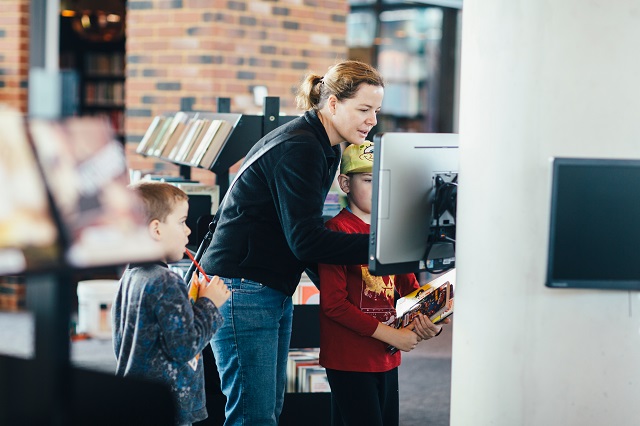
Cyber bullying
Need some assistance with cyber bullying? The Australian Government eSafety websiteopens in a new window is a great resource for information and support to help you protect you and your child online. This website also allows you to lodge a cyber bullying complaint or report cyber bullying to a social media service.
Cyber safety is everyone's responsibility.
What is an eRideable?
- a small electric rideable device with at least one wheel
- is less than 125 cm long, 70 cm wide and 135 cm high
- is 25 kgs or less and capable of travelling faster than 25 km/hr on level ground
- examples: eSkateboards, eScooters, eWheels, hoverboards, eUnicycle, eSkates.
What isn't an eRideable?
- eBicycles (power-assisted pedal cycles)
- Segways (electric personal transporters)
- motorised wheelchairs
- motorised scooters less than 200 watts.
These devices are already governed by their own regulations under the Road Traffic Code 2000 opens in a new windowand are not included in the new e-Rideable rules.
Where can I ride my eRideable?
eRideables can be ridden on:
- footpaths
- bicycle paths
- shared paths
- local roads without centre lines and a speed limit of 50 km/hr or less
- they may be ridden in bicycle lanes, but only on roads with a speed limit of 50 km/hr or less
- eRiders and cyclists no longer need to dismount at pedestrian crossings and can simply ride across. This new rule applies when the rider enters the crossing from the connected path and not the road. Riders must not exceed 10 km/hr and give way to any pedestrians when riding over the crossing
Safety requirements:
- eRideables can be ridden on footpaths up to 10 km/hr
- eRideables ridden on bicycle paths, shared paths and local roads can be ridden up to 25 km/hr
- eRiders must wear an approved helmet
- eRiders must have lights and reflectors when riding at night
- Where possible, a bell or other warning device must be fitted to the e-Rideable and sounded when approaching pedestrians
- You must not touch or use a mobile phone when on an e-Rideable
- eRiders must maintain proper control of an e-Rideable device at all times and are subject to the same drink and drug laws as motor vehicle drivers
- eRiders must be a minimum of 16 years of age
- Children under 16 years of age are permitted to ride low-powered electric scooters which do not exceed 200 w or 10 km/hr
For further information, see eRideablesopens in a new window.
Home safety tips
- keep doors, windows and garage doors locked even when home
- leave spare keys with people, not hidden around your home
- cut back shrubbery around the house to ensure natural surveillance
- make sure your door can be seen clearly from the road
- keep your home surrounds well lit at night
- keep garden sheds, garages and side gates locked and tools away
- keep your post and meter boxes locked
- install home alarms
- property marking
- keep money, handbags and keys out of view
- never give personal details over the phone
- fit a door viewer
For more information on how to reduce opportunities for crime around your home, please refer to the crime prevention through environmental design checklist.
Property Marking - Ultraviolet (UV) Pens
The City has a limited number of UV pens in stock to enable residents to identify their own property without engraving names onto valuable items.
UV Pens are an effective way to mark your property without reducing the value of the item. UV pen ink is only visible under an ultraviolet light. Marking your property makes ownership easier to determine by police and aids the return of property to its rightful owner.
See the Property Marking Instructions below for the guidelilnes to mark your property effectively.
Residents can obtain a free UV pen by contacting the City's Community Safety and Support Services Team on 9528 0333 or email customer@rockingham.wa.gov.au.
Crime Prevention through Environmental Design (CPTED)
CPTED is a crime prevention method to reduce opportunities for crime. You can keep your home environment safe by following some simple principles:
- keep your yard maintained to reduce places to hide.
- increase visibility from the street.
- cut back shrubbery around the house to ensure natural surveillance.
- keep the area around your home well lit at night.
CPTED on rural properties
Research indicates that opportunity and visibility are key factors for break-ins. If thieves believe they can get into and out of your property easily and without being seen, your property is at risk.
Below are some simple tips to help protect your home and belongings on a rural property:
- lock house doors and windows when out on the property
- consider visibility when designing and erecting new buildings or sheds. (Ideally these should be in sight of a house)
- prevent accessibility to your property. Gates should be as strong as possible, mounted securely to strong corner posts. Secure gates with quality heavy duty chains and locks
- lock gates and sheds when not in use
- if possible, use heavy duty rollers or metal gates at the entrance to sheds and any outbuildings
- consider the installation of movement sensor cameras or closed circuit television (CCTV) if practical
- signs should be placed at entrance points to your property advising that it is “Private Property”
- warn intruders of security measures used on your property: electronic monitoring; sensor lights; guard dogs and identification markings
- mark your belongings with an engraver or ultra-violet pen with your licence number
Tips to stay safe
- look up, stay alert and be aware of your surroundings
- turn down the volume on your earphones
- walk in well lit, busy areas
- walk with a friend or group wherever possible
- if you regularly walk by yourself, consider varying your route
- have someone accompany you to your car
- plan ahead - how are you going to get home?
- tell your family, friends and colleagues your whereabouts and when you expect to return. If your plans change let them know.
Safe & Found ID Bracelet
Safe & Found WA is an initiative introduced by the WA Police and the Australia Medic Alert Foundation. Safe & Found supports local residents living with dementia, autism or cognitive impairment who may be at risk of getting lost or reported as missing.
Community members complete a profile outlining personal history and characteristics including a recent photo, which is added to the Safe & Found database. This ensures police have immediate access to critical information if they need to undertake a search operation.
Membership includes the purchase of a Safe & Found identification (ID) bracelet, profile set up and first year's membership at a cost of $99.
Visit the Safe & Found website for any further information regarding the details and purchase of the package.
A Safety Subsidy Scheme application may be submitted by eligible residents to cover the cost of the initial subscription ($99). The ongoing annual fee of $49 is not eligible for a claim under the Safety Subsidy Scheme guidelines.
For further information, please visit Low income subsidy scheme.
Seniors walking 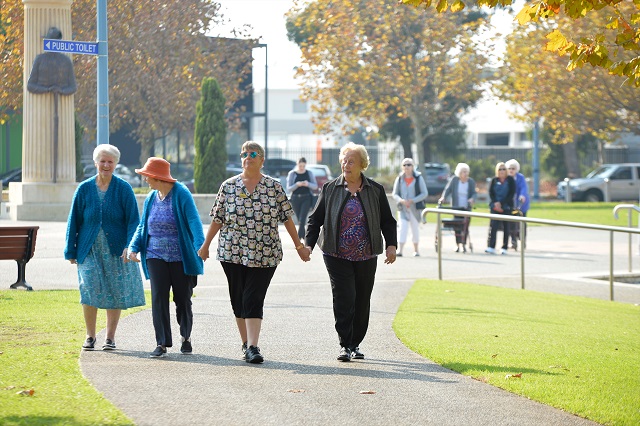
Senior safety
Make it tougher for crooks and lessen your chance of becoming a victim of crime. Visit the WA Police Safety for Seniorsopens in a new window website for tips to keep you safe at home, using public transport and out shopping
By introducing a few common sense practices into your daily routine you can give yourself, your family, friends and neighbours much greater peace of mind.
Youth playing basketball 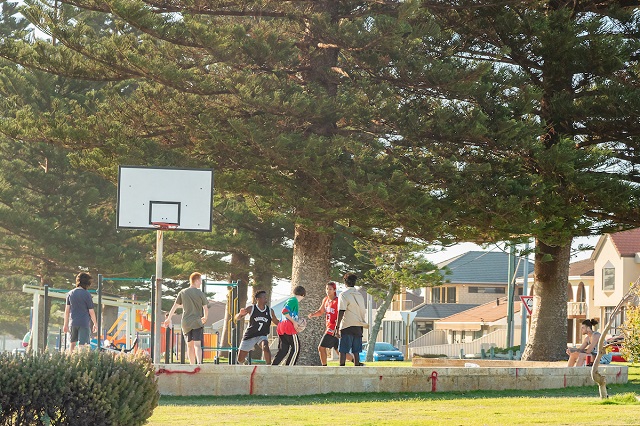
Youth safety
If you are a young person or a parent of a young person you may have questions about alcohol and the law, under-age drinking or drink spiking. Visit the WA Police Safety for Young Peopleopens in a new window website for information on all these topics plus a number of others, like hosting parties, leavers' week and support if you become a victim of crime.
We have three schemes to help residents on low-income pensioner or concession cards feel safer, more secure and connected in their homes, including a Safety Subsidy. For further information please visit subsidy scheme.
Would you like our Community Safety team to visit your street, activity, community group or event?
Our team and its volunteers could attend to promote ways that we can be a connected, safer community. This could include speaking with a community group or providing community safety information at an event.
Community Safety engagement requestopens in a new window
Driver distraction
Pledge to drive so others survive
- I pledge to drive as if my loved ones are on the road ahead
- I will remove all distractions and never use my mobile phone while driving
- I will not put other people at risk by speeding, driving while tired or under the influence of alcohol/drugs
- I will protect all vulnerable road users, especially those whose job places them in harm’s way, by slowing down and giving them the space they need to be safe
ANCAP
Do you know how safe your vehicle is?
Find out your vehicle’s ANCAP ratingopens in a new window
Child Car Restraints
In Western Australia, the leading cause of death and the third most frequent cause of hospitalisation for children aged 0-14 years is transport-related injury. Motor vehicle accidents are one of the most common causes of transport-related injury for children. Children as passengers in a vehicle should be seated in the most appropriate child car restraint for their age and size. To provide the best protection for your child in a motor vehicle follow these simple steps:
- buckle up every child on every trip
- ensure you use a correctly fitted child car restraint most appropriate for your child’s age and size
- all child car restraints must meet the Australian Standards AS/NZS 1754
- always follow the manufacturer’s instructions when using your child car restraint
- if you are using a second-hand child car restraint, ensure you know the history of the restraint and that it is less than 10 years of age and has not been involved in a car accident
- child car restraints must be installed in the second row of seats in a vehicle
- ensure your child has exceeded the maximum size limits of the restraint before progressing them to the next stage
For more information visit Road Safety | Kidsafe WA. child car restraints guidelines.